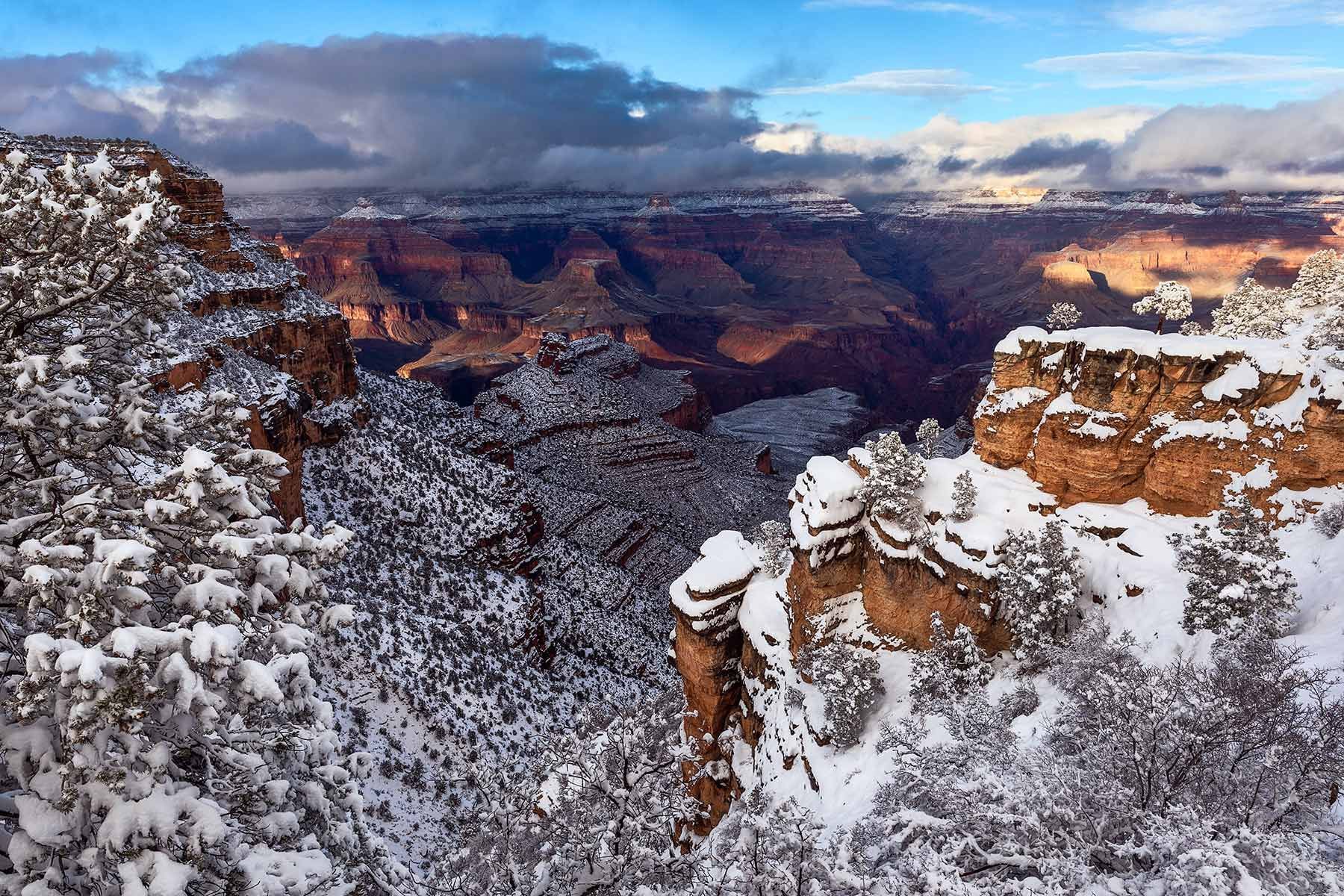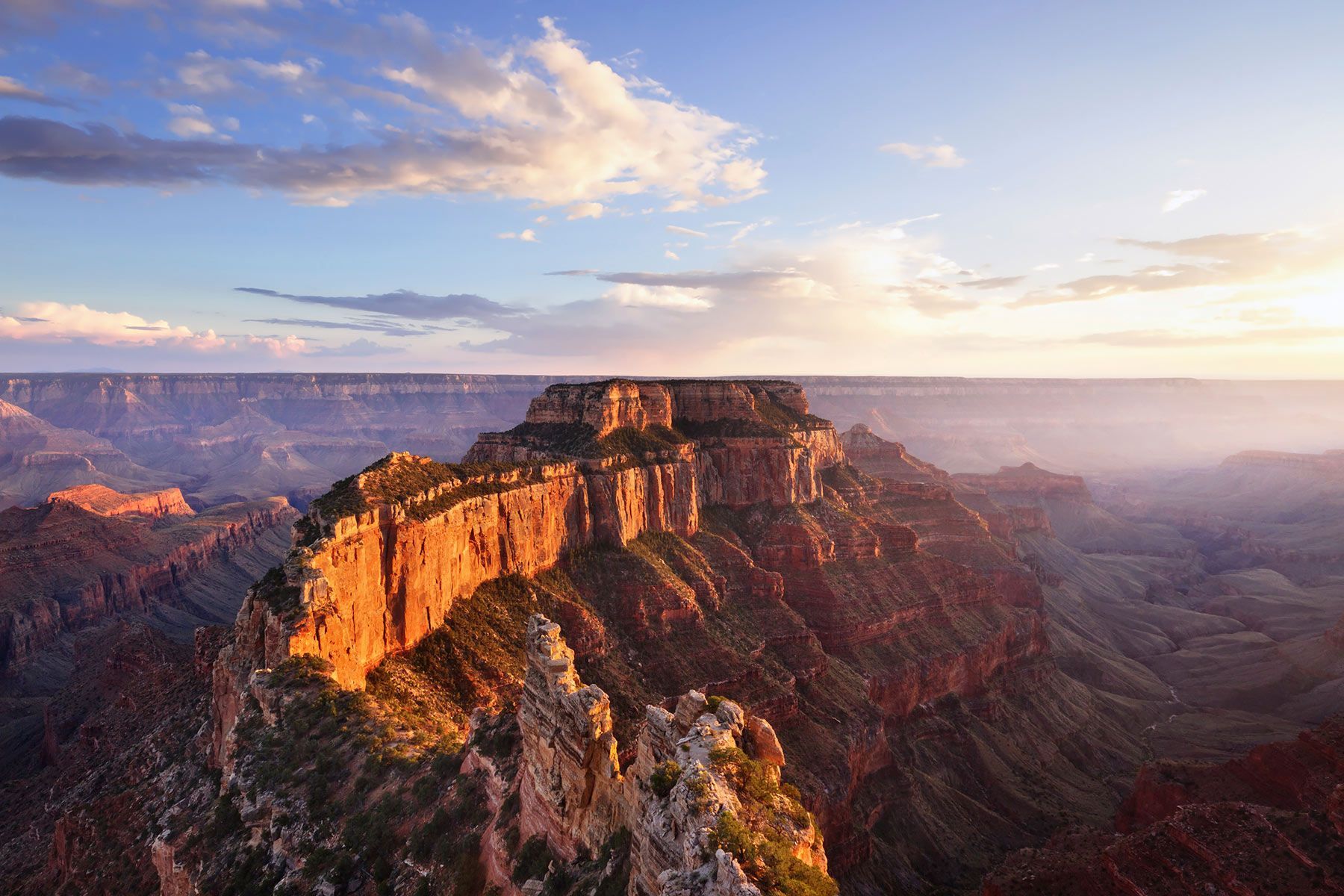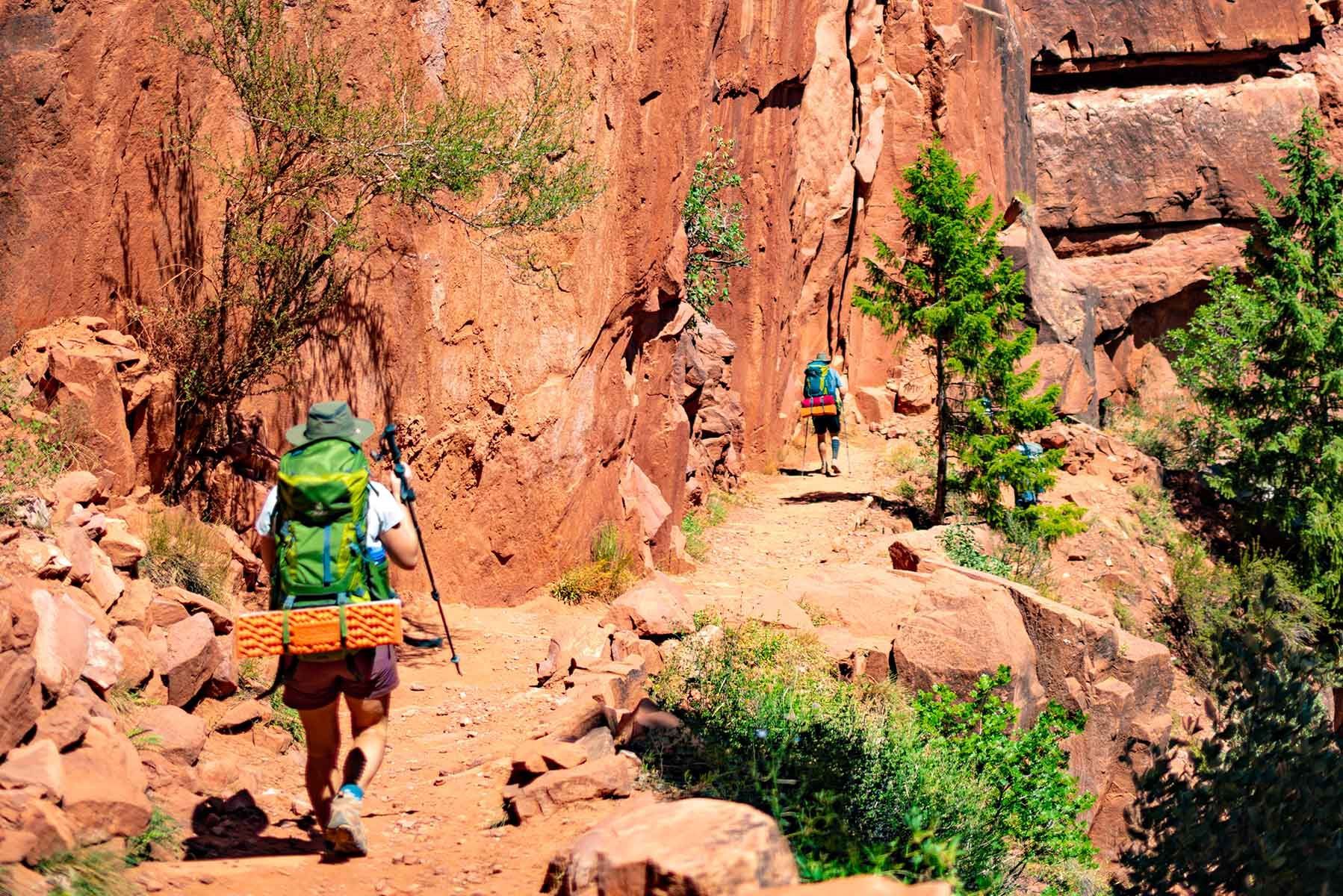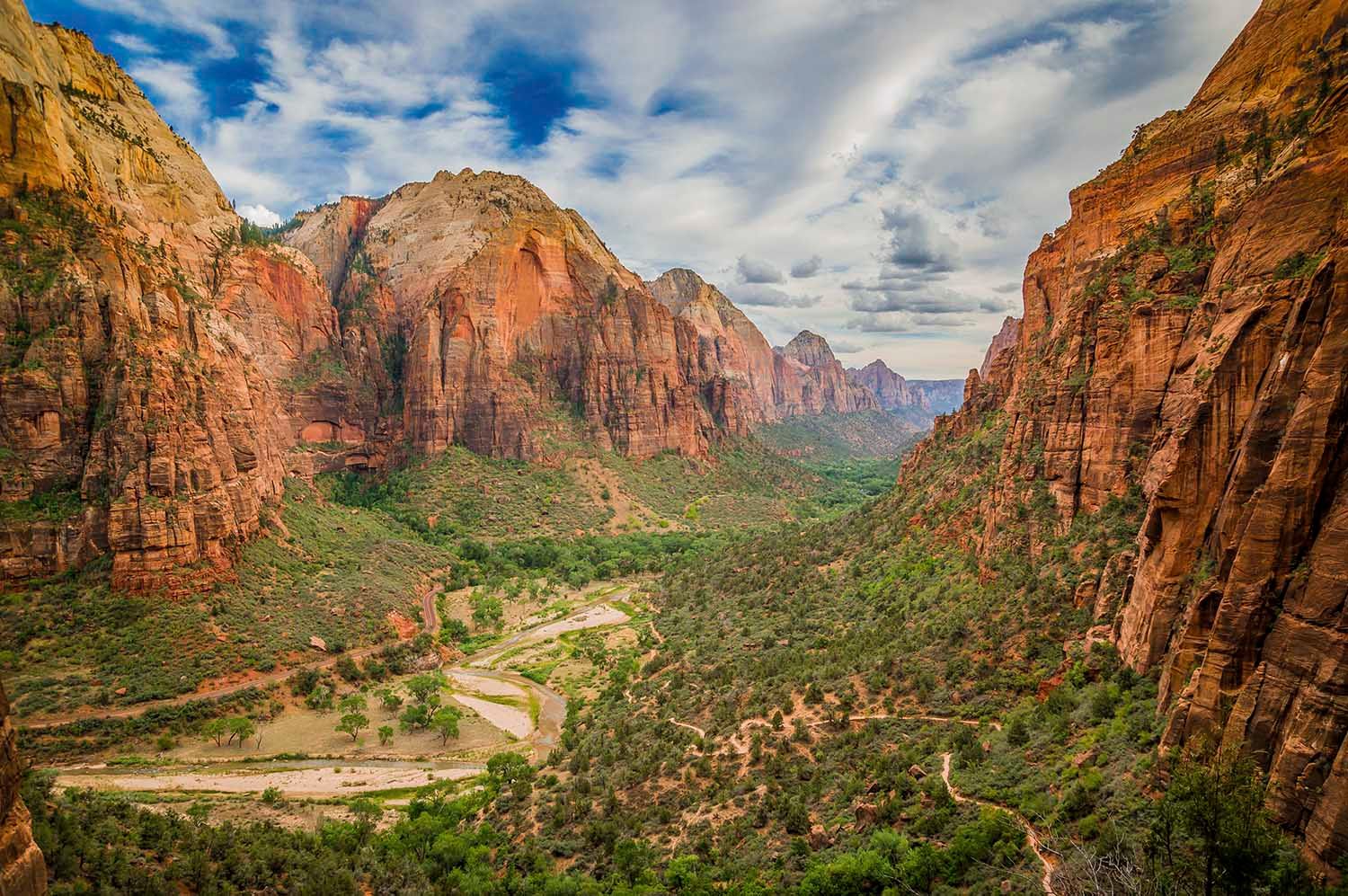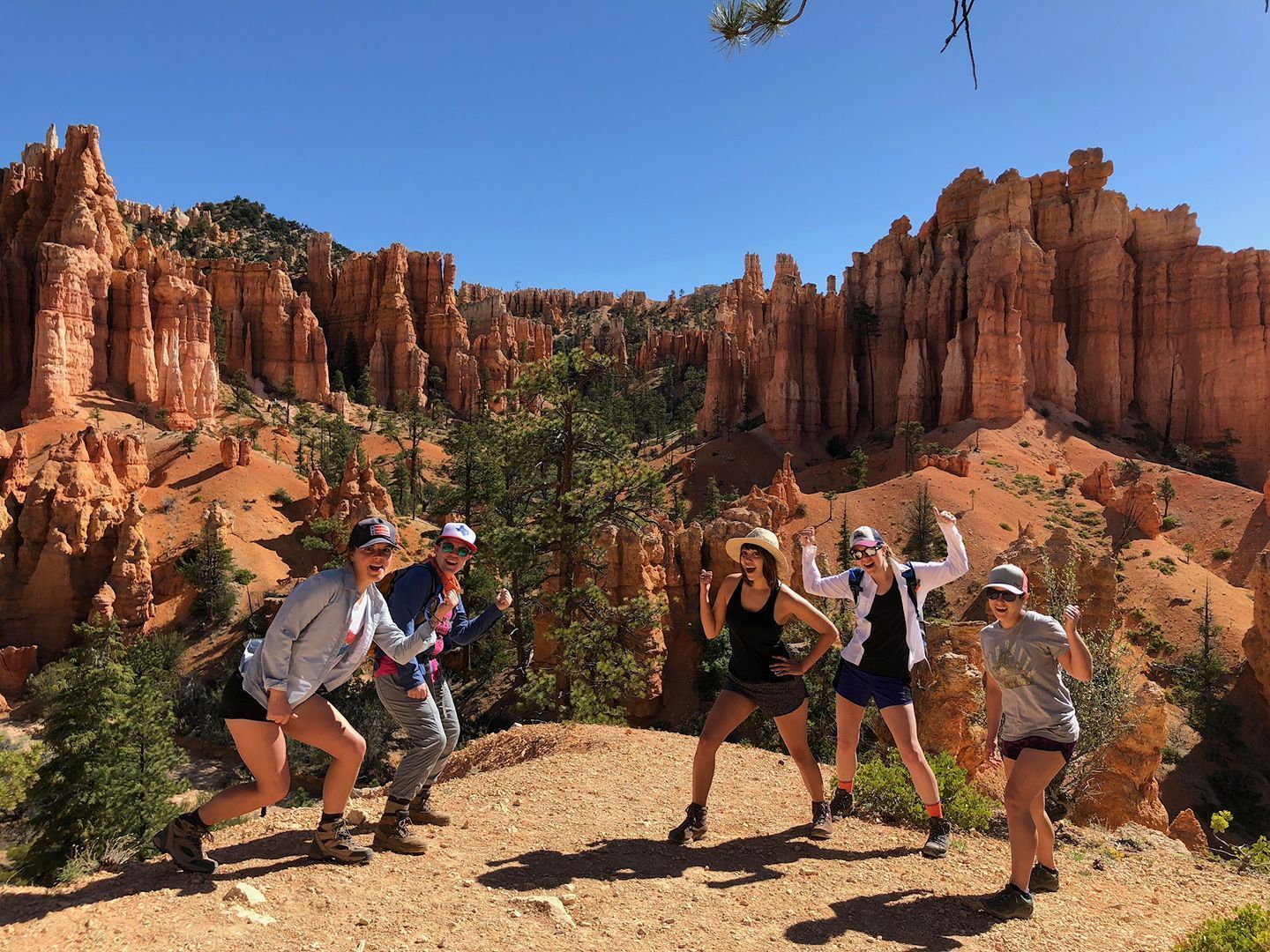The Best Backpacking Gear List
Key Takeaways
- Plan ahead for success: A solid backpacking gear list removes guesswork and ensures you're fully prepared for your next hiking or camping adventure.
- Pack for your environment: Tailor your backpacking essentials based on factors like weather, trip length, and whether you're car camping or venturing deep into remote trails.
- Prioritize lightweight, quick-dry clothing: Choosing breathable layers and compact gear makes multi-day backpacking in places like Utah or the Grand Canyon far more comfortable.
- Don’t skip the basics: Always include core items—tent, sleeping bag, stove, water filter, first aid kit, and navigation tools—to stay safe and self-sufficient.
- Add comfort selectively: Optional items like camp pillows, charging banks, and bug repellent can enhance your trip without weighing down your pack.
- Refine your list over time: As you gain experience, adjust your backpacking gear list to match your adventure style and comfort preferences for future hikes.
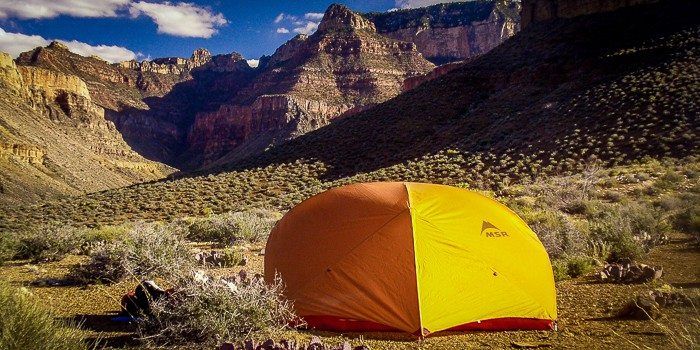
Any successful endeavor requires good planning. And your
next backpacking/camping trip is no exception. A tried-and-true checklist can take the guessing work and uncertainty out of your packing party and leave you confident that you’ll have everything you need to be comfy, cozy, and having fun.
The specific items you ultimately bring along will be determined by a few important factors: backpacking versus car-camping, expected weather, number of people in your group, and distance from definitive help (i.e. emergency situations). If you’re venturing into more remote routes like the Grandview Loop, preparation becomes even more crucial.
First, we’ll start with the basic gear:
- Tent
- Sleeping bag
- Sleeping pad (if inflatable, bring a patch kit)
- Backpack or day pack (with waterproof pack cover)
- Trekking poles (not required but highly recommended if backpacking)
- Headlamp and batteries
- Camp stove and fuel
- Lighter (maybe 2)
- Cook set (i.e. pots, bowl, spoon, cup, knife)
- Biodegradable Soap
- Hand sanitizer
- Water bottles/dromedary
- Water treatment supplies (filter or chemical-based)
- Multi-tool (or pocketknife)
- First aid kit
- Cell phone or satellite communication device
- Map & compass (especially if backpacking)
- Permit or camping reservation (if required)
Day hikers can explore our Grand Canyon and Sedona day hikes for pack-light adventures.
Next, let’s cover clothing. Backpackers will want to minimize and choose items that they can wear over and over again. And it’s typically suggested that you opt for lightweight, quick-drying fabrics. If you’re planning multi-day backpacking in Utah, packing light makes every mile easier. Car-camping offers more latitude to bring everything:
- Hiking boots or shoes
- 2 T-shirts
- Hiking pants
- Hiking shorts or skirt
- Rain jacket and pants
- Sandals/flip-flops
- Long-sleeve baselayer
- Lightweight fleece or down jacket
- Socks – wool or synthetic
- Sunglasses
- Hat – for sun protection
- Bandana (optional) – can be nice for washing your face, wiping away sweat, or sun protection
Cold Weather Additions:
- Midweight baselayer (long-sleeve) – wool or synthetic
- Long underwear – 1 pair of midweight synthetic bottoms
- Down jacket or synthetic insulated jacket
- Warm hat
- Gloves/mittens – wool or fleece
Personal Items/Toiletries – Backpackers should minimize to only the essentials:
- Toothbrush and toothpaste (travel size)
- Toilet paper/plastic bags and hand trowel
- Feminine Hygiene Products
- Prescription meds (if any)
- Sunscreen
- Glasses or contact lenses with supplies (if needed)
Optional Items – These tend to be items that are handy, nice to have, but not necessarily essential:
- Quick-dry towel
- Charging bank and cords for cell phone
- Watch
- Bug Repellent
- Duct tape
- Lip balm with SPF
- Trash compactor bag – if you expect plenty of rain
- Cash, credit card, ID
- Baby wipes – great for cleaning up at the end of the day
- Camp pillow – Lightweight, packable camp pillow
When it comes to food, we could devote an entire article just to meal-planning. Basecamp-style trips like our Grand Canyon and Utah Basecamp Adventures make mealtime simple and delicious, with guides handling much of the prep. But in general, you will have to consider that you will require 2500-3000 calories per day. This includes meals, snacks, and perhaps drinks (like coffee, tea, cocoa, powdered sports drink). Pack items that are lightweight and that have minimal packaging to pack out. When you’re done packing your food, consider packing an additional day’s food for emergencies.
As you gain more experience, you will fine-tune a list that works for you. Once you know your preferences, you can even design a custom hiking tour tailored to your adventure style. You always want to make sure you have what you absolutely need first and then you can determine what optional items best suit your desires.
You will want to have a list that covers everything, regardless of a specific destination and expected weather. You can then scale down your list accordingly for each trip. But this backpacking/camping list is a great start for any camper to keep handy as a reliable reference.
Frequently Asked Questions
Planning your first (or next) backpacking adventure? Here are clear answers to common questions about essential gear, clothing, and preparation for a successful, safe, and comfortable trip.
What are the essential items I need for a backpacking trip?
Core gear includes a tent, sleeping bag and pad, backpack, headlamp, stove with fuel, cookware, water treatment, first aid kit, navigation tools, and proper permits. These basics ensure safety, comfort, and self-sufficiency in remote or changing conditions.
How do I choose between backpacking and car camping gear?
Backpacking requires lightweight, compact items you can carry for miles. Car camping allows bulkier and more comfortable gear since transport isn’t an issue. Consider your destination, group size, and distance from help when deciding which style to pack for.
What kind of clothing should I bring for backpacking?
Choose quick-drying, lightweight layers that can be worn repeatedly. Typical essentials include hiking pants, shirts, fleece or down jacket, rain gear, and wool or synthetic socks. Avoid cotton and plan for temperature changes with base layers and a warm hat if it’s cold.
How do I pack light but stay prepared?
Focus on multi-use items and limit duplicates. Stick to essentials like one cooking set, two shirts, and one warm layer. Pack travel-size toiletries and lightweight food. Always bring a first aid kit, navigation tools, and one extra day of food for emergencies.
What should I eat while backpacking?
Plan for 2,500–3,000 calories per day, combining easy-to-prepare, lightweight meals with high-energy snacks like nuts and dried fruit. Include drink mixes, coffee, or tea if desired. Minimize packaging and always pack out waste.
Do I need trekking poles for backpacking?
Trekking poles aren’t required, but they’re highly recommended. They improve balance, reduce strain on knees and joints, and make steep climbs or descents easier—especially when carrying a heavy pack.
How do I stay clean while backpacking?
Bring biodegradable soap, hand sanitizer, and baby wipes for simple hygiene. A quick-dry towel helps for washing up, and a small trowel and toilet paper ensure proper waste disposal. Keep toiletries minimal to save weight and space.
What’s the best way to stay safe on a backpacking trip?
Carry navigation tools like a map and compass (or GPS), a first aid kit, and a means of communication such as a cell phone or satellite device. Know your route, check weather forecasts, and let someone know your itinerary before you go.
How should I prepare for cold-weather backpacking?
Add insulating layers like midweight baselayers, long underwear, a warm hat, gloves, and a down or synthetic insulated jacket. A proper sleeping bag rated for low temperatures is essential. Keep clothing dry to stay warm and safe.
What optional items are nice to have on a backpacking trip?
Optional but useful gear includes a camp pillow, quick-dry towel, power bank, bug repellent, lip balm, and duct tape for quick fixes. These add comfort and convenience without being essential for survival.
How can I customize my backpacking gear list?
Start with a general list and refine it after each trip based on what you actually used. Factor in location, weather, trip length, and personal comfort preferences. Over time, you’ll create a packing routine that fits your adventure style perfectly.
Four Season Guides, 506 N Grant St suite o, Flagstaff, AZ 86004, United States
+19285251552
35.19653980, -111.62000560

